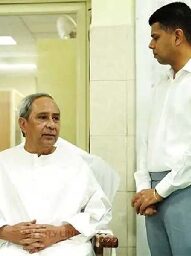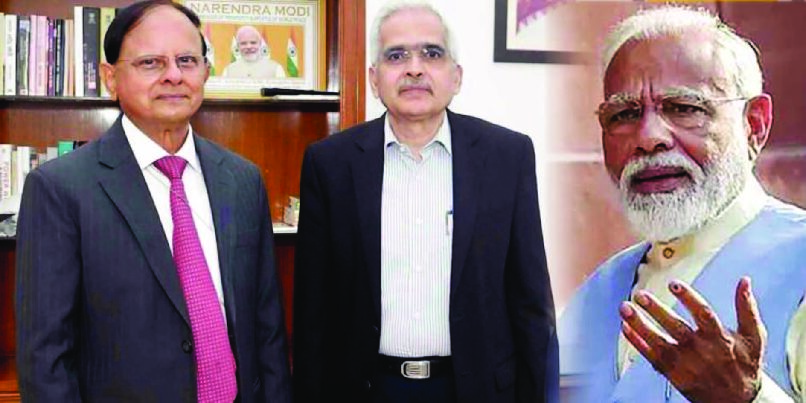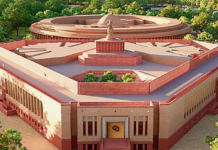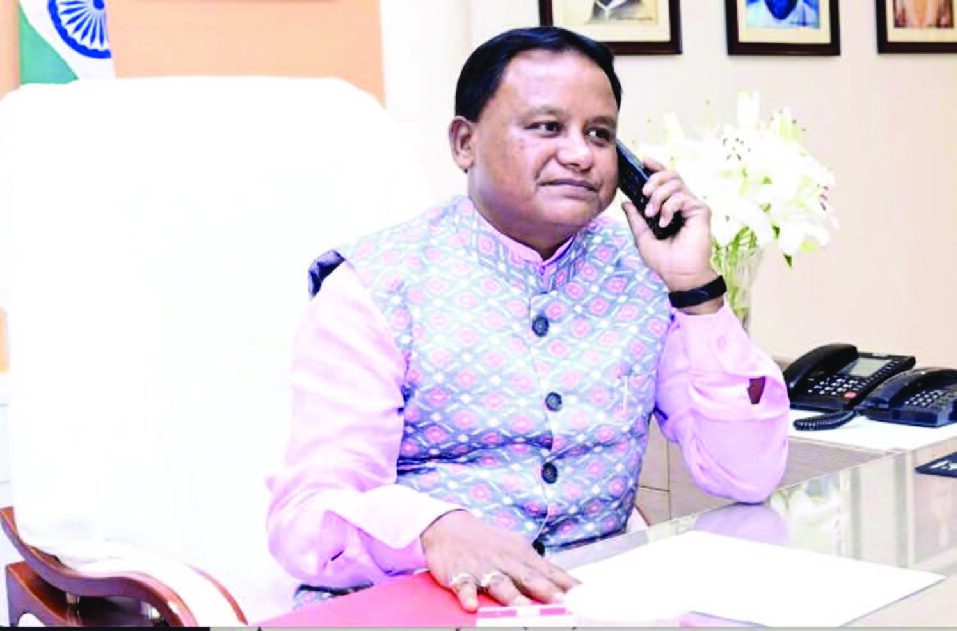Naveen Patnaik was defeated in a most humiliating manner by a political non-entity in Kantabanji, where he contested apart from his traditional seat of Hinjili. It is Patnaik’s only electoral loss in his entire political career starting from 1997.
At last, Naveen Era in Odisha has ended.
It did not look inevitable, at least not in the 2024 elections for the Lok Sabha and state assembly. But it has happened.
After ruling Odisha for over 24 years, the Biju Janata Dal government headed by Naveen Patnaik has bowed out of power. Its former alliance partner and now arch rival, Bharatiya Janata Party, has convincingly defeated it.
Out of the total 147 seats in the state assembly, the BJP has got 78, confining the BJD to 51 seats. The Congress has bagged 14 seats. In the Lok Sabha, the BJP has been able to bag 20 out of the total 21 seats leaving the Congress with just one seat while the BJD has drawn a blank.
Patnaik himself was defeated in a most humiliating manner by a political non-entity in Kantabanji, where he contested apart from his traditional seat of Hinjili. It is Patnaik’s only electoral loss in his entire political career starting from 1997.
How did the BJD suffer such a debacle at a time of the BJP’s lackluster performance across the country? Where was the party’s strong election machinery that transformed defeat into victory?
After all, the machinery had been able to successfully defend the BJD’s fort with great micro-management in 2019, thwarting the BJP’s carpet-bombing by Prime Minister Narendra Modi, home minister Amit Shah, BJP president JP Nadda, central leaders, chief ministers of BJP ruled states. How did the BJD’s defence line collapse in the face of the same kind of attack?
Only one person – former IAS officer and Patnaik’s most trusted man V Karthikeyan Pandian – made all the difference between 2019 and 2024. Complete bureaucratisation of the party and trying to be too friendly with arch enemies has proved costly for the BJD in 2024.
No doubt, after ruling for over 24 years Patnaik faced anti-incumbency in several sections of voters, mostly middle class and new generation voters with smartphones, who did not have any emotional attachment with Patnaik. But, at the same time, by and large, he seemed to enjoy the confidence and respect of a large section of people, especially women and those in rural areas for the welfare measures his government had implemented.
The speculations about a potential alliance between the BJD and BJP at the start of the year did confuse the people as well as party workers of both parties. Railway minister Ashwini Vaishnaw’s re-election to Rajya Sabha too raised eyebrows. Modi too praised Patnaik as Odisha’s “lokpriya” (popular) CM.
But once both the parties decided to fight elections against each other, Patnaik still looked as if he could not be defeated. But as the campaign progressed, it became clearer that the BJP was not in a mood for kid-glove fighting while the BJD was still preparing for the election.
Just like in 2019, it resorted to a high decibel campaign taking together all central leaders who came down to Odisha and attacked the BJD government’s alleged misrule, rising crime, migration and farm crisis. The BJP also came up with a promise to increase the minimum support price (MSP) of paddy to Rs.3,100 per quintal if it came to power in the state, ostensibly to lure a large section of farmers. At the same time, its alleged irregularities in the distribution of the fund of KALIA, the state government’s scheme for farmers.
On the other hand, the BJD was completely dependent on Pandian while other leaders of the party had no say in campaign strategy or ticket distribution. Apart from Patnaik, Pandian was the only star campaigner for the BJD. Denied party tickets, many leaders left the BJD and joined the BJP, which gave them tickets.
In 2019, Patnaik travelled extensively across the state to attend rallies and road shows. This time, his movement got restricted due to old age. His only communication with the voters was through video statements.
As other leaders in the BJD were not given any responsibility, they stayed away from campaigning; any occasional participation was half-hearted. Senior party leaders had the discomfort of interacting with Pandian.
Often many leaders voiced their concern about the danger of Pandian being the sole campaigner and his speeches at rallies harming the party’s prospect. But no one had the courage to speak out in public.
The BJP leaders quickly sensed BJD’s weakness. They knew that they could not match the BJD’s organisational strength. So, they created a strong narrative of impending loss of Odia ‘asmita’ (pride). They raised the issue of the missing key of Lord Jagannath Temple.
They alleged in rally after rally that a man from Tamil Nadu (Pandian) had kept the 77-year-old frail Patnaik under complete control and running the whole show. If the BJD is voted to power, the BJP leader said, the “outsider” will be the “super chief minister”.
Modi even said in a rally that a coterie was deliberately damaging Patnaik’s health. He said that if the BJP came to power, it would form a committee to probe if someone was behind Patnaik’s failing health.
Sadly, the BJD did not have any authoritative political man to counter political narrative. It was left to Pandian, a career bureaucrat, to field all political accusations, for which he was probably not trained. Patnaik’s video responses too did not have the desired impact in the face of volatile and hyped campaign style.
Urban voters, who were not enthusiastic about Patnaik’s longer reign, instantly bought the BJP’s narrative. But in no time, it also traversed to rural areas across the state, changing the voters’ mindset, voting pattern and political dynamics.








































